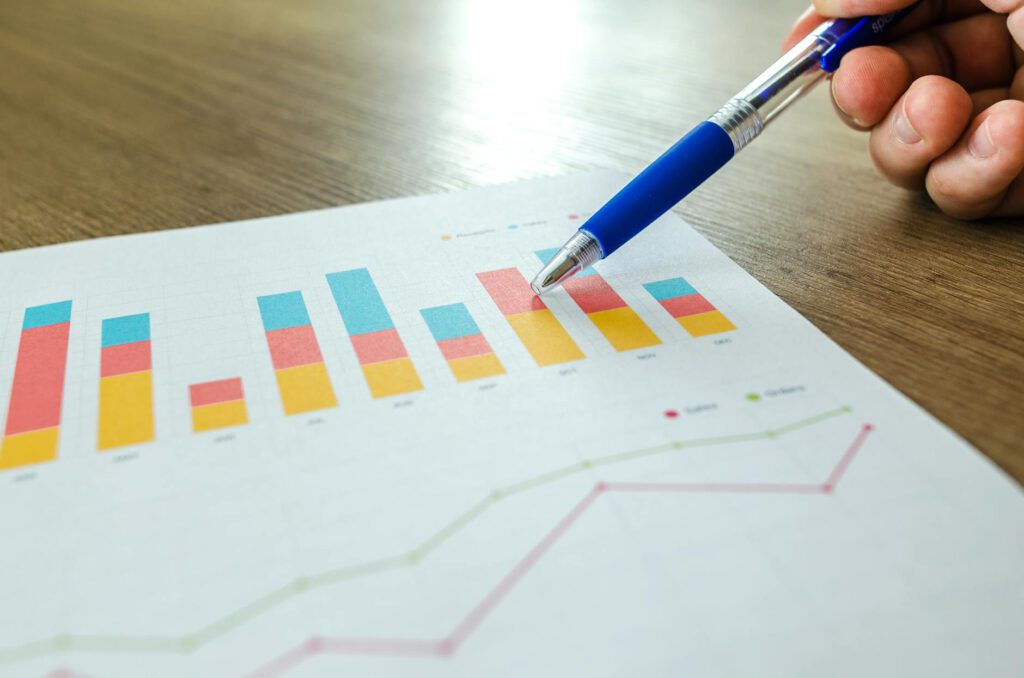****
Introduction
In today’s competitive retail landscape, small businesses must leverage data-driven strategies to stay ahead. One of the most powerful tools available is predictive analytics—a method that uses historical data, machine learning, and statistical algorithms to forecast future demand.
For small retailers with limited budgets, predictive analytics might seem like an expensive luxury. However, with the right approach, even modest businesses can implement cost-effective forecasting techniques to optimize inventory, reduce waste, and boost profitability.
This guide explores how small retailers can harness predictive analytics without breaking the bank, covering key strategies, tools, and real-world examples.
Why Predictive Analytics Matters for Small Retailers
Predictive analytics helps retailers anticipate customer demand, ensuring they stock the right products at the right time. Unlike traditional guesswork, data-driven forecasting minimizes overstocking and stockouts, leading to:
- Lower inventory costs – Avoid excess stock that ties up capital.
- Improved cash flow – Reduce dead stock and markdowns.
- Higher customer satisfaction – Meet demand without delays.
- Competitive advantage – Stay agile against larger retailers.
While enterprise-level retailers use sophisticated AI models, small businesses can achieve similar results with simpler, budget-friendly methods.
1. Understanding the Basics of Demand Forecasting
Before diving into predictive analytics, retailers must grasp the fundamentals of demand forecasting.
Types of Demand Forecasting
- Short-Term Forecasting – Predicts sales for days or weeks (e.g., holiday spikes).
- Medium-Term Forecasting – Covers months (e.g., seasonal trends).
- Long-Term Forecasting – Plans for yearly growth and expansion.
Key Factors Influencing Demand
- Historical sales data – Past performance indicates future trends.
- Seasonality – Holidays, weather, and cultural events impact sales.
- Market trends – Competitor pricing and consumer preferences.
- Economic conditions – Inflation, supply chain disruptions, etc.
Example: A Boutique Clothing Store
A small boutique analyzes last year’s summer sales and notices a 30% increase in sundresses. By forecasting demand, they stock up in advance, avoiding last-minute supplier markups.
2. Cost-Effective Predictive Analytics Strategies
Small retailers don’t need expensive AI tools to benefit from predictive analytics. Here are budget-friendly strategies:
A. Leverage Free or Low-Cost Tools
- Google Analytics – Tracks website traffic and purchasing trends.
- Excel/Google Sheets – Basic regression analysis and trend forecasting.
- POS System Data – Most modern POS systems (e.g., Square, Shopify) provide sales reports.
B. Use Historical Sales Data
- Identify top-selling products and their sales cycles.
- Adjust inventory based on past seasonal trends.
C. Monitor Competitor and Industry Trends
- Follow industry reports (e.g., Statista, Nielsen).
- Track competitor promotions and pricing changes.
D. Implement Simple Machine Learning (If Possible)
- Google’s AutoML Tables – Affordable AI for demand prediction.
- Forecast.ly – A budget-friendly retail forecasting tool.
3. Step-by-Step Guide to Forecasting Demand
Step 1: Collect and Clean Data
- Gather past sales records, customer demographics, and inventory turnover rates.
- Remove outliers (e.g., one-time bulk purchases).
Step 2: Identify Key Trends
- Use Excel’s moving averages or linear regression to spot patterns.
- Compare sales across different seasons.
Step 3: Adjust for External Factors
- Account for holidays, local events, or economic shifts.
Step 4: Test and Refine Forecasts
- Compare predictions with actual sales and adjust models accordingly.
Step 5: Automate Where Possible
- Use tools like Zoho Analytics or Tableau Public for automated reports.
4. Best Tools & Resources for Small Retailers
| Tool | Best For | Cost |
|———-|————|———|
| Google Sheets | Basic forecasting | Free |
| Square Analytics | POS-based insights | Free with Square |
| Forecast.ly | AI-driven demand prediction | $29/month |
| Zoho Analytics | Automated reporting | Free plan available |
| Tableau Public | Advanced visualizations | Free |
Additional Tips
- Start small – Focus on top 20% of products driving 80% of sales.
- Train staff – Ensure employees understand data basics.
- Stay flexible – Adjust forecasts as market conditions change.
5. Frequently Asked Questions (FAQs)
Q1: Is predictive analytics only for big retailers?
No! Small retailers can use simple tools like Excel, POS data, and free AI models to forecast demand affordably.
Q2: How accurate are demand forecasts?
Accuracy depends on data quality. Start with historical trends and refine over time.
Q3: What if I don’t have enough sales data?
Use industry benchmarks, competitor analysis, and pilot testing to fill gaps.
Q4: Can I automate demand forecasting?
Yes—tools like Forecast.ly and Zoho Analytics automate predictions.
Q5: How often should I update forecasts?
Review monthly and adjust for major market changes (e.g., new competitor, economic shifts).
Conclusion
Predictive analytics is no longer exclusive to big-box retailers. Small businesses can forecast demand effectively on a budget by leveraging historical data, free tools, and smart strategies.
By adopting these methods, small retailers can reduce waste, optimize inventory, and boost profits—without expensive software. Start small, refine your approach, and watch data-driven decisions transform your business.
Ready to take the next step? Explore free tools like Google Analytics and Excel today to begin forecasting like a pro!

